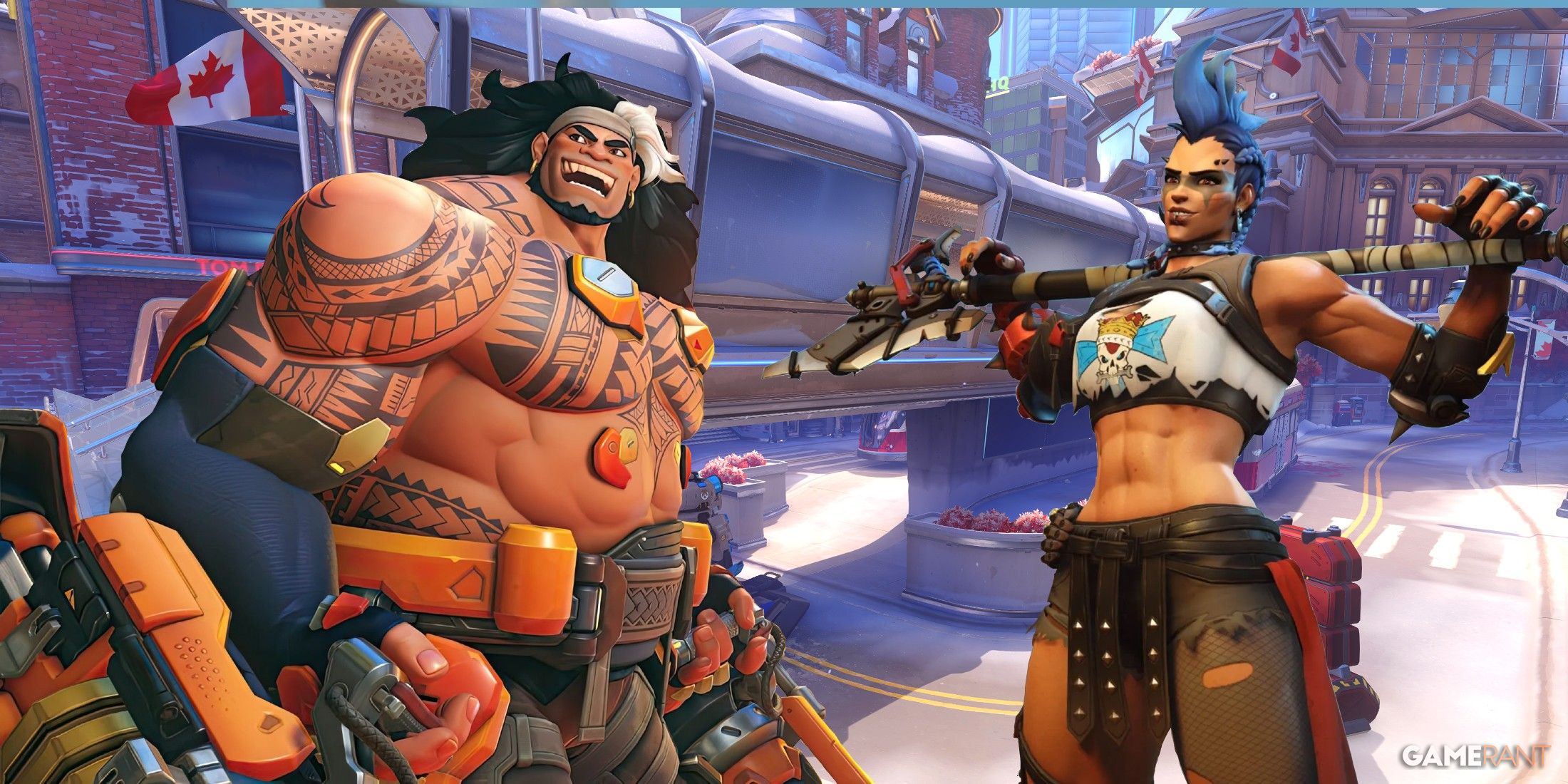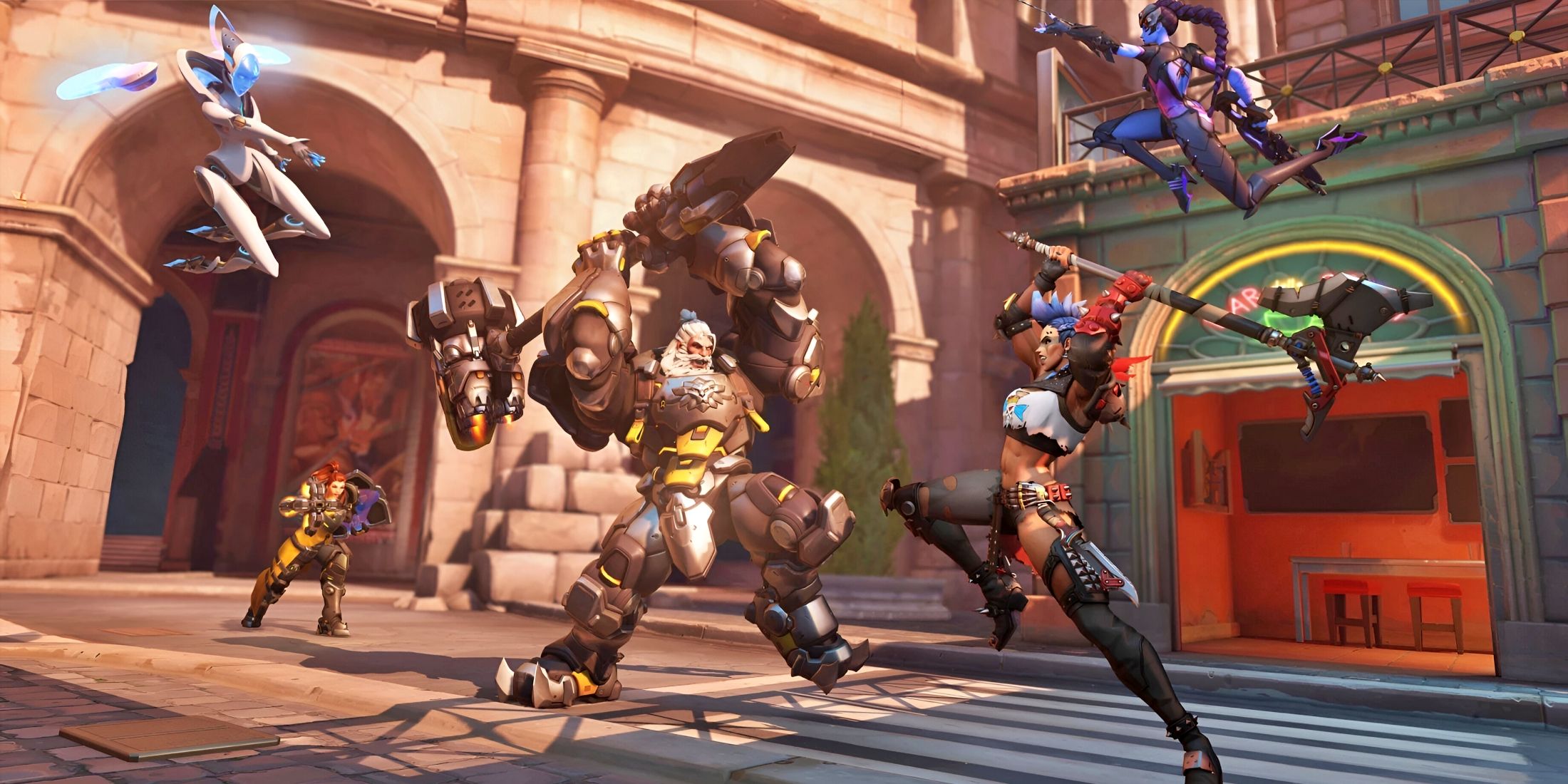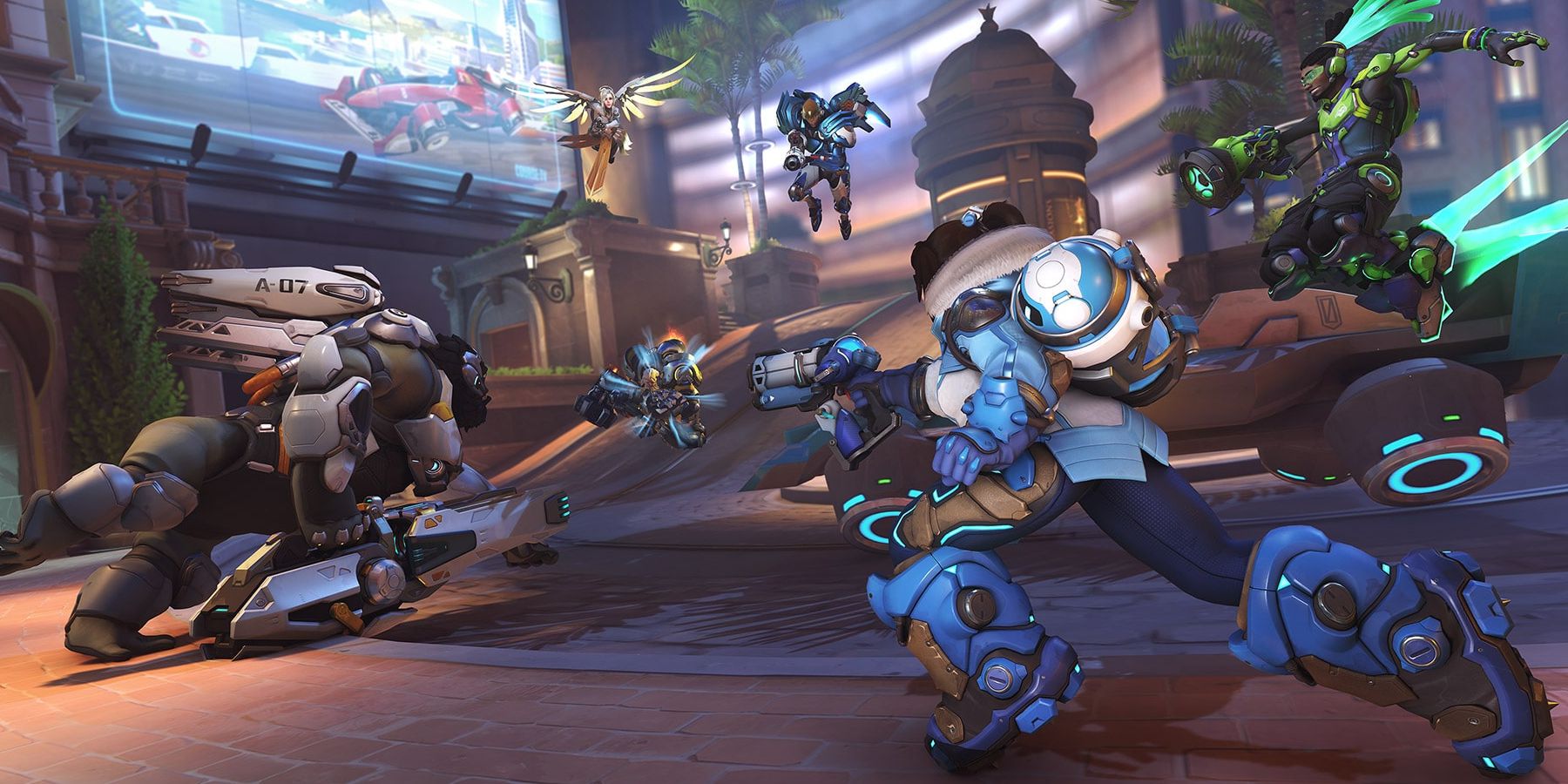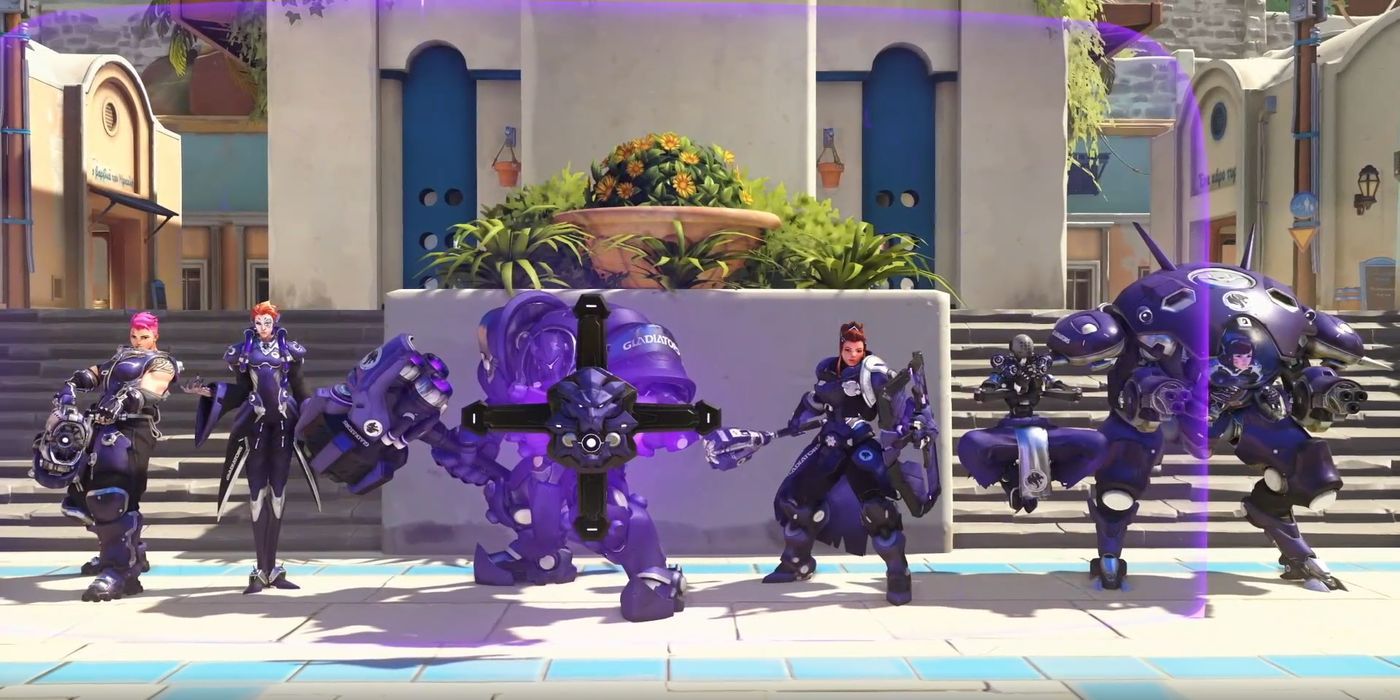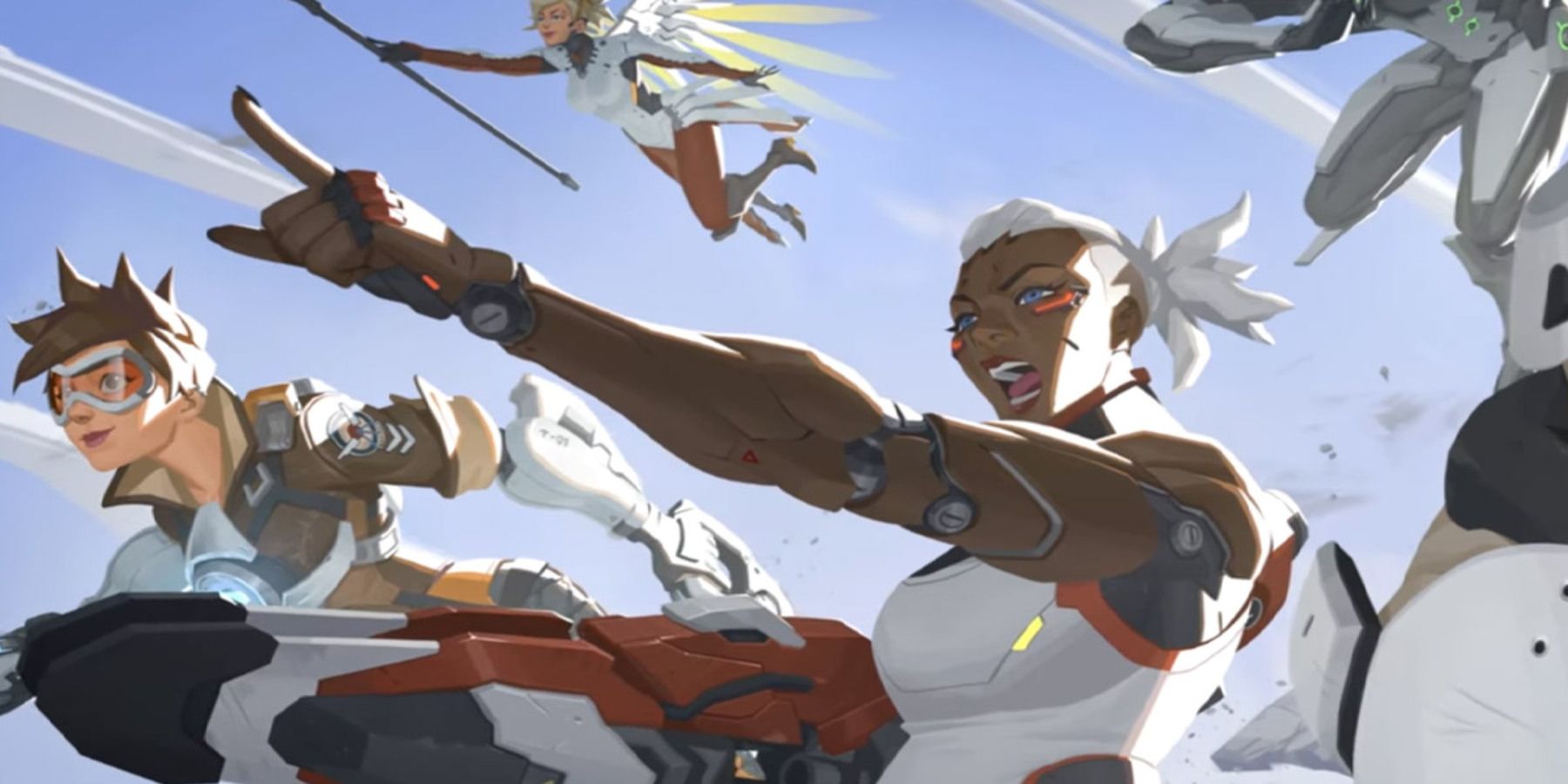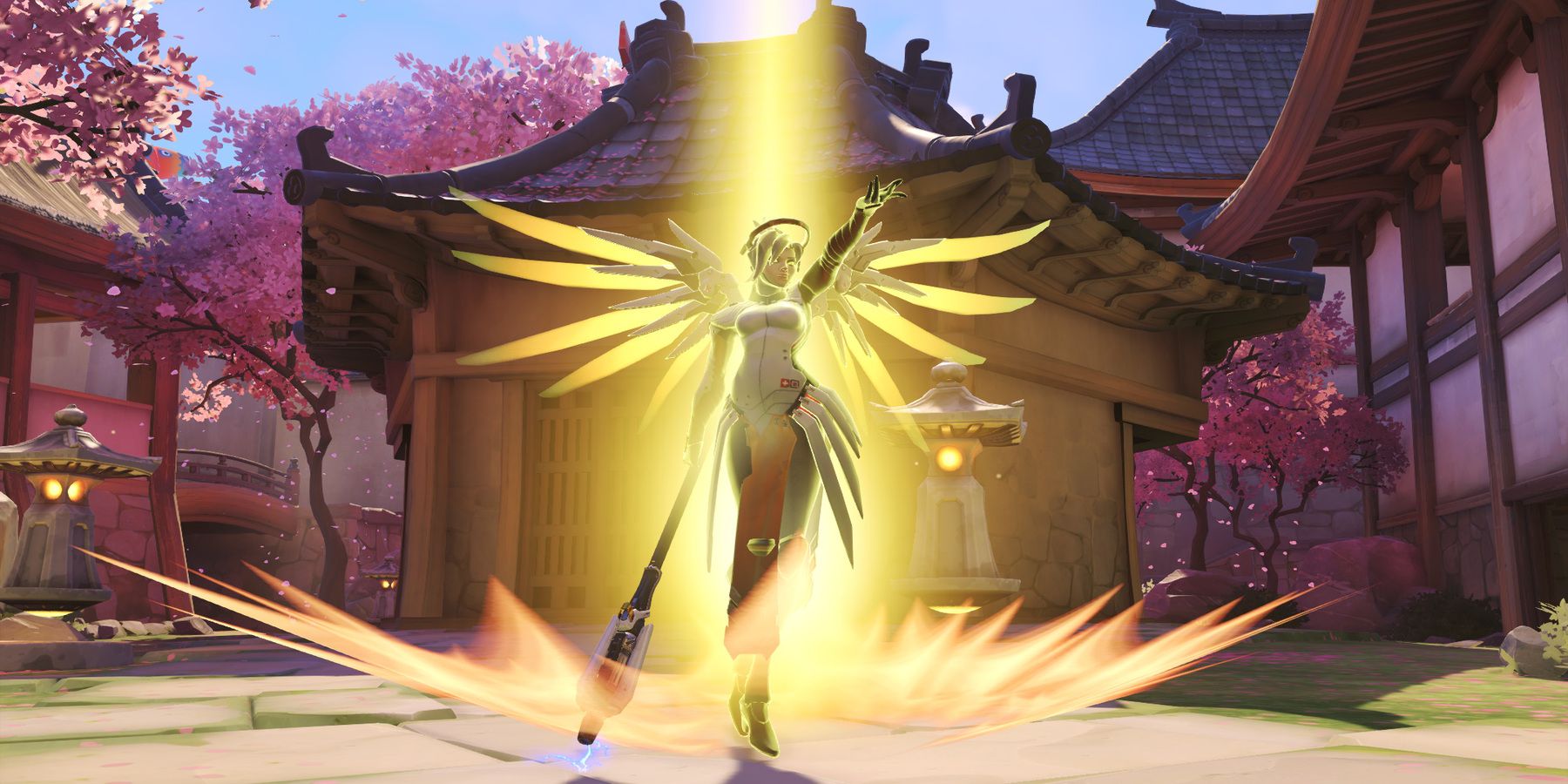Now that the Overwatch 2 beta has been out for about a week, players who were lucky enough to get access to it have had a chance to put their two cents in. Some things, like the new Push game mode, new maps, and reworked heroes are welcome additions. The rest of the beta, however, feels too similar to the first game in the eyes of some players. Most of the heroes' abilities remain the same, returning Overwatch maps have only had their times of day changed, and the gameplay loop of fighting for a single objective is beginning to show its age. One unchanged aspect of Overwatch that made its way into the sequel is the role queue.
Role queue was introduced in Overwatch on September 1, 2019 - three years into the game's life cycle. It replaced the classic quick play and ranked game modes by limiting party compositions to two supports, two tanks, and two damage dealers (commonly referred to as "2-2-2"). Players looking to play a specific hero role would queue up in the lobby, where they would wait impatiently for a game. There has been a lot said about Overwatch's role queue mechanic - some good and some bad - but upon seeing it implemented again in Overwatch 2 (it uses the same system but with one less tank), it is apparent that role queue isn't the way forward for the game's PvP system.
Why Were Role Queue and Role Lock Added To Overwatch?
The main reason Blizzard implemented the 2-2-2 system was to prevent competitive teams from running compositions that were either too overpowered or boring to watch. Those who know of the infamous GOATS meta - a team composition comprised of three supports and three tanks - will know just how long it plagued competitive play. The skirmishes that played out during the heyday of GOATS were very uninteresting to watch. Teams would huddle together as a group and damage their opponents while healing their allies. Doing so would charge their ultimate abilities and whoever got theirs first or used them more effectively would be the winner. Needless to say, the implementation of the role lock and role queue system prevented compositions like this from popping up again.
What Are The Problems With The Role Queue System?
Almost as soon as the system was implemented, the problems surrounding role lock and role queue started to rear their ugly heads. Out of Overwatch's 32 heroes, 17 of them are damage heroes (Overwatch 2 has 33 heroes and 17 damage heroes, thanks to Sojourn's introduction in the beta). That leaves 8 tanks and 7 supports for the rest of the team to choose from, which when combined doesn't even match the number of damage heroes in the Overwatch roster.
Not everyone wants to take on the responsibility of a tank hero, as they are usually seen as the shot callers of a team (this role is more heavily emphasized in Overwatch 2 now that teams only have one tank each). Tanks are generally slow heroes with big hitboxes and have the task of looking out for their team. While their ultimate abilities are some of the biggest game-changers, gamers not being able to go out on their own puts a real shackle on the tank role.
Likewise, very few players would want to go as a support instead of a tank or damage hero. Whereas the other two roles tend to be more hero-like thanks to their damage output and game-changing ultimate abilities (a factor that plays heavily into Overwatch's Play of the Game mechanic), supports have to constantly make sure their team's health is topped off. Supports generally have a lower amount of eliminations when compared to the other roles, but it is due in large part to them why their team manages to win a game. Sadly, the systems implemented in Overwatch and Overwatch 2, such as the Play of the Game mechanic, don't seem to emphasize healing as part of being a good hero.
This imbalance of hero numbers per role, combined with the duties entrusted with each role, results in long queues for certain Overwatch hero roles. Players looking to play a damage hero usually have to wait the longest - averaging anywhere from a 5 to 20-minute wait. Tanks are a bit faster, and depending on the time of day usually have to wait only a few minutes. Supports always have the fastest wait times, and can almost immediately find a game upon queueing up.
The Band-Aids Aren't Working in Overwatch 2
To help make wait times more bearable, Activision Blizzard introduced mode selections that are playable while waiting for a game. These include game modes like Skirmish, Deathmatch, and custom modes made by other players of the community. None of these modes reward experience when played on a wait queue, nor do they contribute to any achievement-related challenges or a player's competitive standing. They are just there for players to have fun and practice their skills for when an actual game comes along.
Players can shorten wait times with priority passes obtained from playing Overwatch games while choosing the Flex queue - an all-encompassing role that lets players fill out games with missing heroes. Obtaining these passes makes playing Overwatch and Overwatch 2 feel like a job. For players to pick the role they want, they either have to wait through a long queue or play a role that they do not want to play in another match. Even if players manage to get their hands on these priority passes, there is no guarantee that they will be able to find a match immediately, as they still have to wait a good amount of time for a game.
If players want to go back to the original Overwatch without the role lock system, they may do so in the classic Overwatch modes. Sadly, playing these modes brings back the problems Overwatch had when it didn't have the system in place. GOATS team compositions are allowed, multiple teams comprised solely of damage heroes are prevalent, and the general consensus is that Overwatch doesn't work as well when every player gets to play the class they want. Too many damage heroes result in not enough healing for the team. Too many healers mean the team has less damage output. Too many tanks result in a combination of the aforementioned problems.
Overwatch is in a weird spot right now because the number of Overwatch heroes per role is so drastically uneven. Blizzard was forced to implement the role queue system as a means to prevent certain team compositions from forming, but doing so has made the players spend more time in the queue than in the actual game. It is unknown what could be done to help players find games quicker, but Blizzard has to do something if it wants Overwatch 2 to break out of the rut the series is in and become another hit game like the first Overwatch was at launch.
Overwatch 2 is currently in development.


